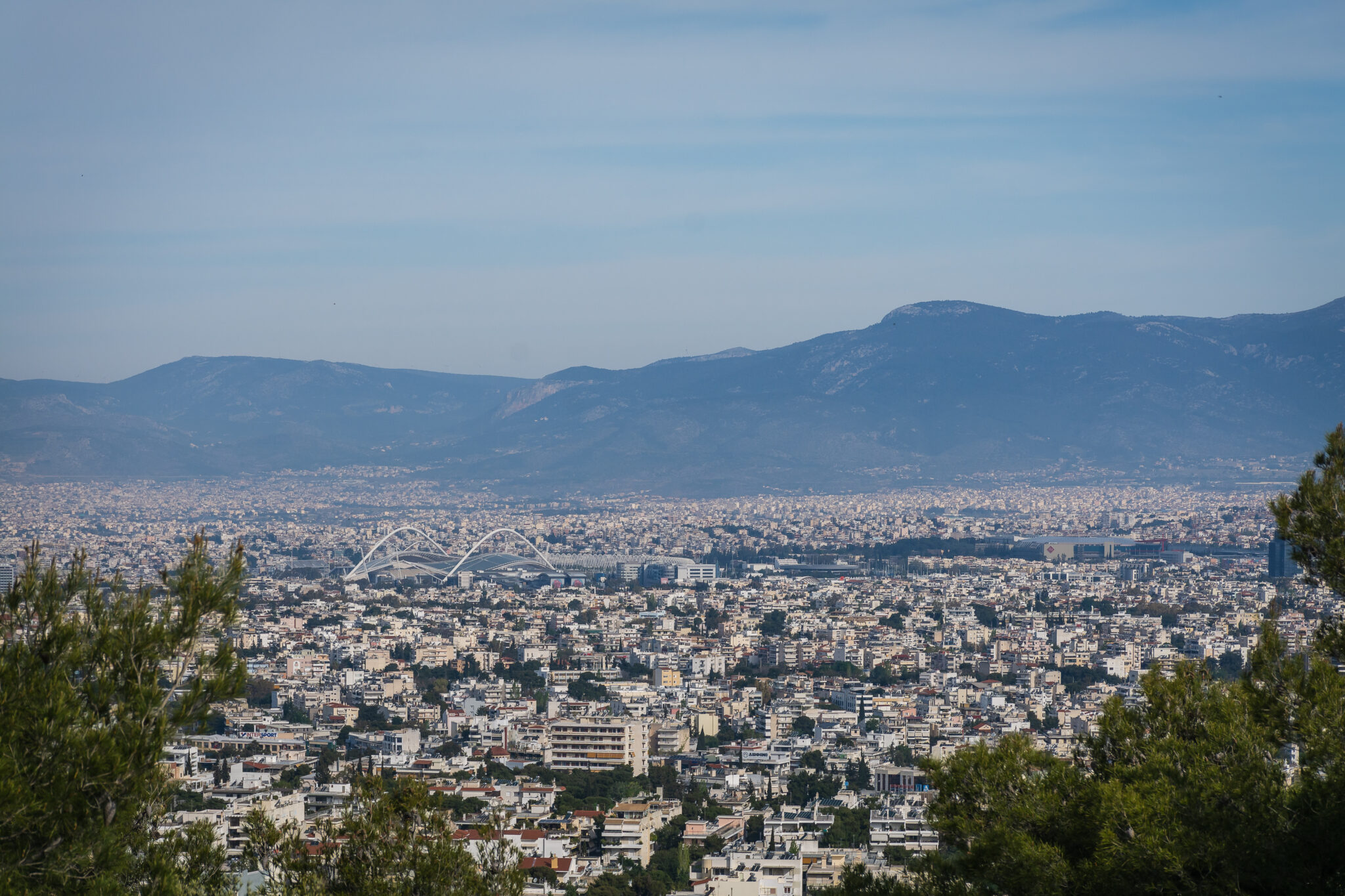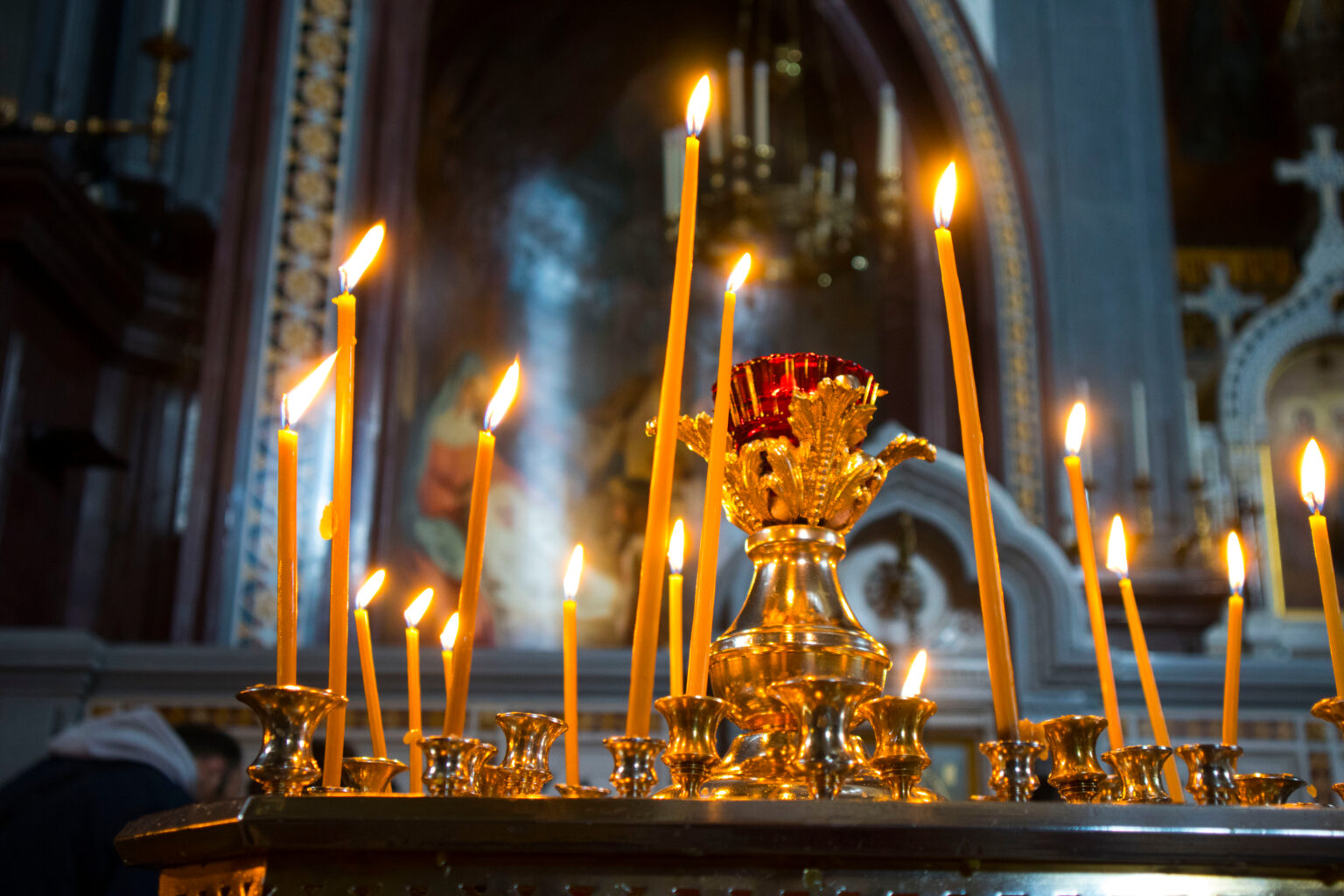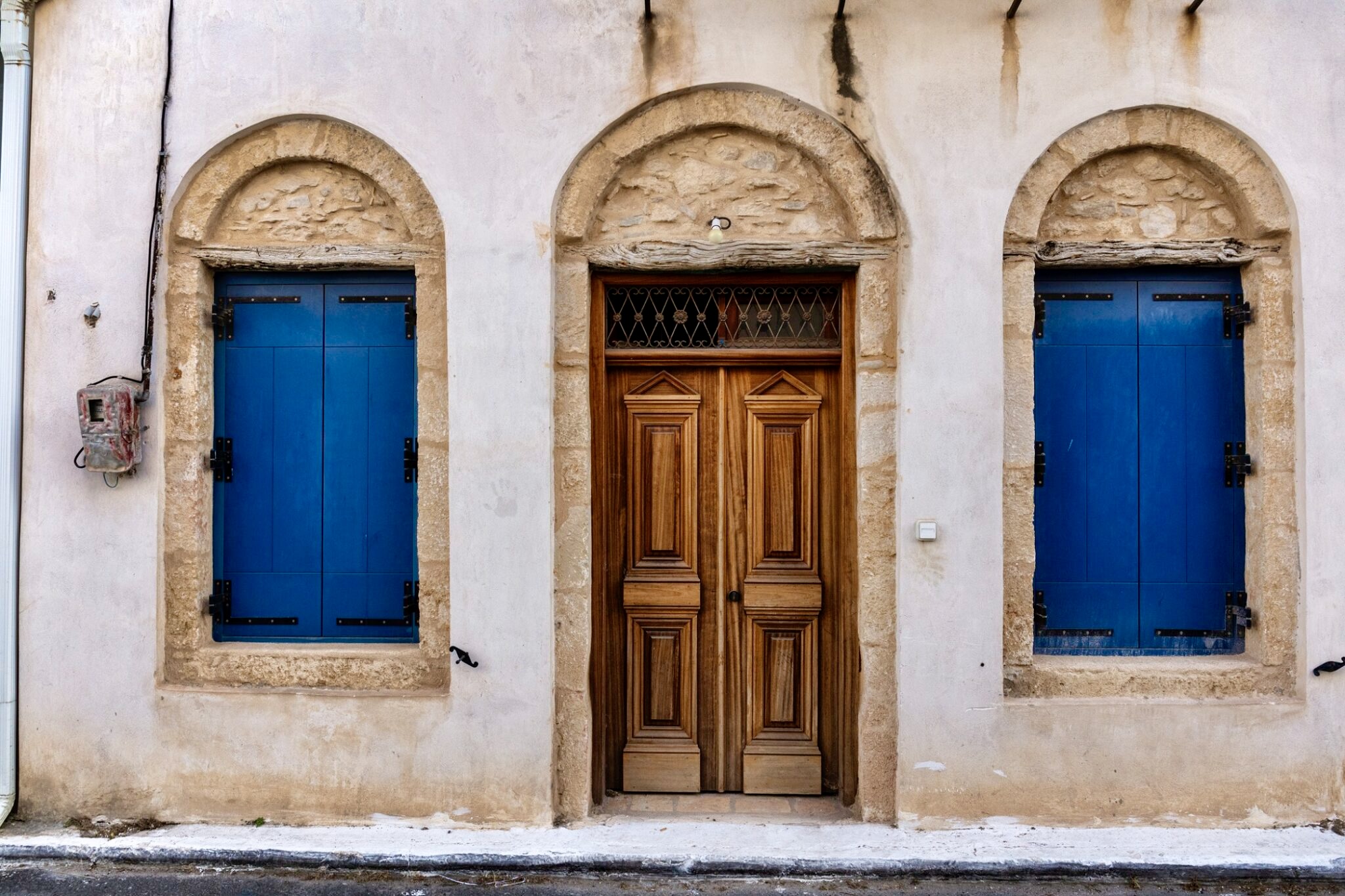Close to Acropolis and Thiseio, and yet far from these tourist driven districts, Petralona was once a traditional working class district. From an impoverished and marginalised beginning as home to refugees fleeing Asia Minor who built Asyrmatos, a rough and makeshift shanty town, Petralona is now re-imagining itself as a young and hip community, where creative Athenians are setting up businesses in the chaotic mix of traditional neoclassical buildings and post-war concrete apartment blocks.
Often quoted as an example of Athenian neighbourhood gentrification, at first sight it seems to be the opposite with graffitied walls, potholed roads and abandoned buildings but overlook the neglect and a vibrant scene comes into view with cool cafés, traditional taverns, hip modern cuisine joints, a bevy of fine bars, a century-old cinema, and a friendly vibe that defy the scruffy locale.
Once known as Katsikadika after the goat herders who kept their flocks there and sold milk and cheese to the locals, the area took its new name after grazing animals were banned from the city in 1925. Petralona takes its name from Petrina Alonia, stone threshing floors which were prevalent here before urbanisation. Split into two areas, Ano Petralona is the area between Philopappos Hill and the metro line, while Kato Petralona runs from the railway to Piraeus Street.
An ancient road once crossed from the Acropolis hill, passing the ancient settlement of Koile which flourished between the 5th and 4th century BC, and continued to Piraeus. Nowadays, a cycle route, Athen’s longest, covers similar territory running from the metro station, passing through Tavros and Moschato, and ending by the sea near to the Stavros Niarchos Cultural Center where further coastal routes link Flisvos and Alimos, or east to Mikrolimano and Marina Zeas. Popular with joggers, pedestrians and parents out with the pram as well as cyclists, the route is a safe environment for exercise and perfect for connecting to the southern suburbs.
A stroll through the backstreets reveals elements of its blue-collar background, amid the posters for music gigs and theatre productions there are hardware emporiums, paint shops, and old fashioned grocery stores. Indeed, many of its former residents were employed in the small industrial areas with the iconic Pavlidis chocolate factory being one of the largest employers.
A bunch of contradictions, Petralona is where old-style tsipouradika spots sit next to boutique bars serving beers from modern microbreweries, where tavernas little changed in their near-hundred year history live near exotic offerings from the far shores of the Andaman Sea, and where the tiny stone houses built on the initiative of Queen Federica in the 1950’s to help the immigrants in Ta Petrina are the antithesis of the elegantly paved Troon Street with beautifully buildings painted in pastel colours and pavements planted with citrus trees.
At once a village and also a central city neighbourhood, where the stark modernist lines of the Prosfygika apartment complex contrast with Apolloniou Park, flooded with families and children at play, Petralona has retained its identity and its old Athenian aesthetic. Reluctant to join the modern era but just a hop away from the centre on the metro, the streets of Petralona are fragrant with oleander and jasmine and are reminiscent of an Athens that was and speak of an Athens that might be.
Read also:
A Guide to Athens’ Ancient Acropolis for Kids, 10+
Zephyros: A Century of Stars Under the Athenian Sky







